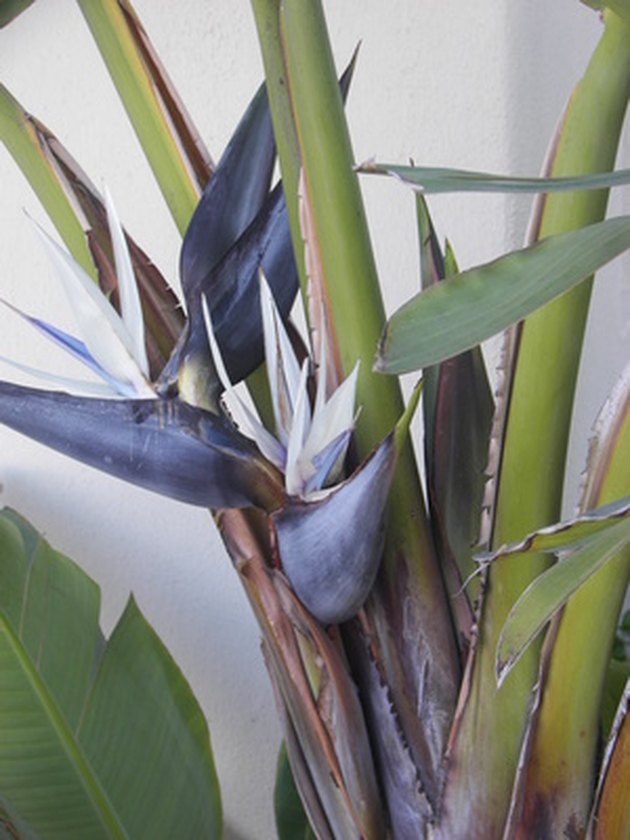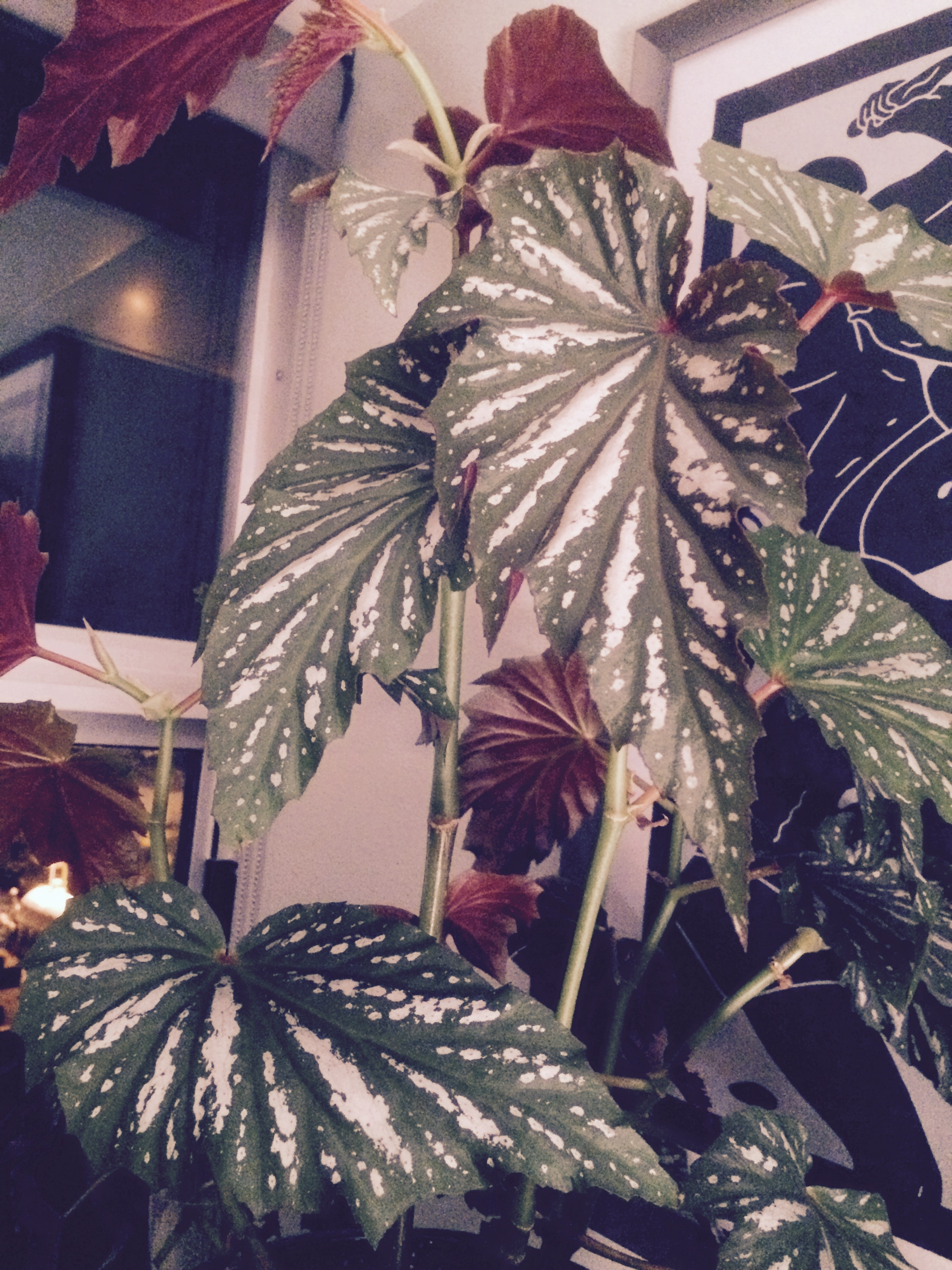Table of Content
Home gardeners can use clear plastic bags to accomplish the same goal. After sticking, place the cuttings in a warm location between 75 and 80 degrees F to hasten rooting. A section of the stem without leaves, but with dormant buds, is rooted in a porous growing medium . This type of cutting is popular to use with plants that exhibit a cane-type of growth, such as dieffenbachia .
Shrubs may be divided in the same manner, but this should be done when the plants are dormant. Because they are woody, they may need to be separated with a shovel or hatchet. Trim back the shoots before planting and cut off damaged roots.
How to Care for Your Citronella Plant Over Winter
Temperature preferences for this plant range from 50° to 90° F at a 50% humidity level. Mist this cactus every once in a week if the conditions are dry. With this knowledge, it would be wise to plant your night-blooming cereus under the shade. These provide the filtered light that the queen prefers. Fertilize plumbago regularly, when plants have a strong root system and full flower heads!
If the bedding seems dry, spray over it with lukewarm water until it’s slightly wet. Insulate the top of the bin with a piece of dry newspaper. Take a dry section of black-and-white newspaper and layer it on top of the food and bedding. This can prevent your worm farm from smelling really bad, and stops fruit flies from hovering around your farm. Place a piece of wet cardboard outside overnight to collect some worms.
How Often Should You Fertilizer Plumbago Plants?
Although she’s part of the cactus family, the queen of the night is a tropical plant. When it gets too hot, a moveable outdoor plant can move indoors. The queen’s bloom, while spectacular, is a tough event to cultivate. A well-groomed plant will need a controlled environment. This includes the right temperature even in the winter months. The Queen of the Night, Epiphyllum oxypetalum, is a cactus that rarely blooms, and when it does, only at night.
The four main types of stem cuttings are herbaceous, softwood, semi-hardwood, and hardwood. These terms reflect the growth stage of the stock plant, which is one of the most important factors influencing whether or not cuttings will root. Refer to Table 1 for more information on the best time to root stem cuttings of particular ornamental plants. Propagation by stem cuttings is the most commonly used method to propagate many woody ornamental plants.
Missouri Master Gardener Core Manual
As discussed above, synthetic Auxin in commercial rooting powders and gels is IBA which is a natural rooting hormone promoting root development. Propagating your favorite greenhouse plants from cuttings or seeds requires a set of skills and passion. It is a mesmerizing experience to watch your cuttings sprout. Although, sometimes out of ten cuttings only one might end up growing into a new plant. Of course, there is always a chance to fail, but many growers found a solution and swear by rooting hormone.

If you apply at least one or two of the powders, gels, or solutions your cuttings will respond better and develop the roots at a much higher success rate. Overall, we recommend using the water propagation method for your pothos cuttings. But if you want to root them in soil instead, there are no rules against it. The easiest way to propagate philodendron plants is to take cuttings and root them. This is usually near a leaf, where there may even be aerial roots already starting to grow. Cut just above the node at a 45 degree angle with clean clippers.
A soilless mix drains well and provides suitably moist conditions that encourage the cutting to root. Don't use ordinary garden soil, as it might contain pathogens that can kill the cutting before it ever takes root. The key to successful rooting of stem clippings is to find the moisture and temperature level appropriate for each type of plant. Do some research on the species you are trying to propagate to learn the conditions it likes best. It's also best to take several clippings to maximize your chances of success. Pull the upper part of the stock back to open the cut.
It’s the most cultivated species of Epiphyllum, grown as an epiphytic houseplant. Epiphytic or lithophytic organisms use other surfaces as a base for growth and support. The queen of the night plant has a scented white bloom that lasts only one night. Store potted plants fairly cool and dry until days begin to lengthen in earliest spring. Then, raise the temperature and force spring flowers in full sun. Progressive stages of multiple flowering and fruit development can be observed on a single branch of the Indian mulberry, or noni, .
Carefully cut just below the node with a clean sharp knife or scissors. "I wanted to root Forsythia and red bud and this is very helpful. Thanks." Cut bark pieces to the same size if you used them instead of branches. Fill a glass or jar with 1 cup of distilled water and pour the aspirin powder into it. Use a spoon to stir the powder into the water until it completely dissolves.

Also, you can dip the cutting directly into the container and remove the excess powder by tapping on the rim of the container. Debra is a member of The Spruce Gardening and Plant Care Review Board. Dianthus gratianopolitanus 'Firewitch' entices with its fringed, clove-scented magenta blossoms. The biggest bloom occurs in mid-spring to early summer, but blooming may happen sporadically in late summer and fall.
Also, remove any lateral branches on the stub that might crowd the graft as it begins to grow. To prevent drying, wax the graft carefully so that all cut surfaces are covered. The tip of the scion, as well as any open wounds made by removing lateral twigs on the branch, should also be waxed.
To use rooting hormone, place the amount needed in a separate container. Any material that remains after treating the cuttings should be discarded, not returned to the original container. These precautions will prevent contamination of the entire bottle of rooting hormone.
Enjoy your baby plants, and remember to check our in-depth pothos care guide to keep your plants thriving. It will look like a small lump where the leaf petiole joins the main stem with a woody aerial root. You can cut a long vine into single-node sections or take individual cuttings from several vines. All leaves should be healthy, with no pests or diseases, so check them thoroughly before taking any cuttings.


No comments:
Post a Comment